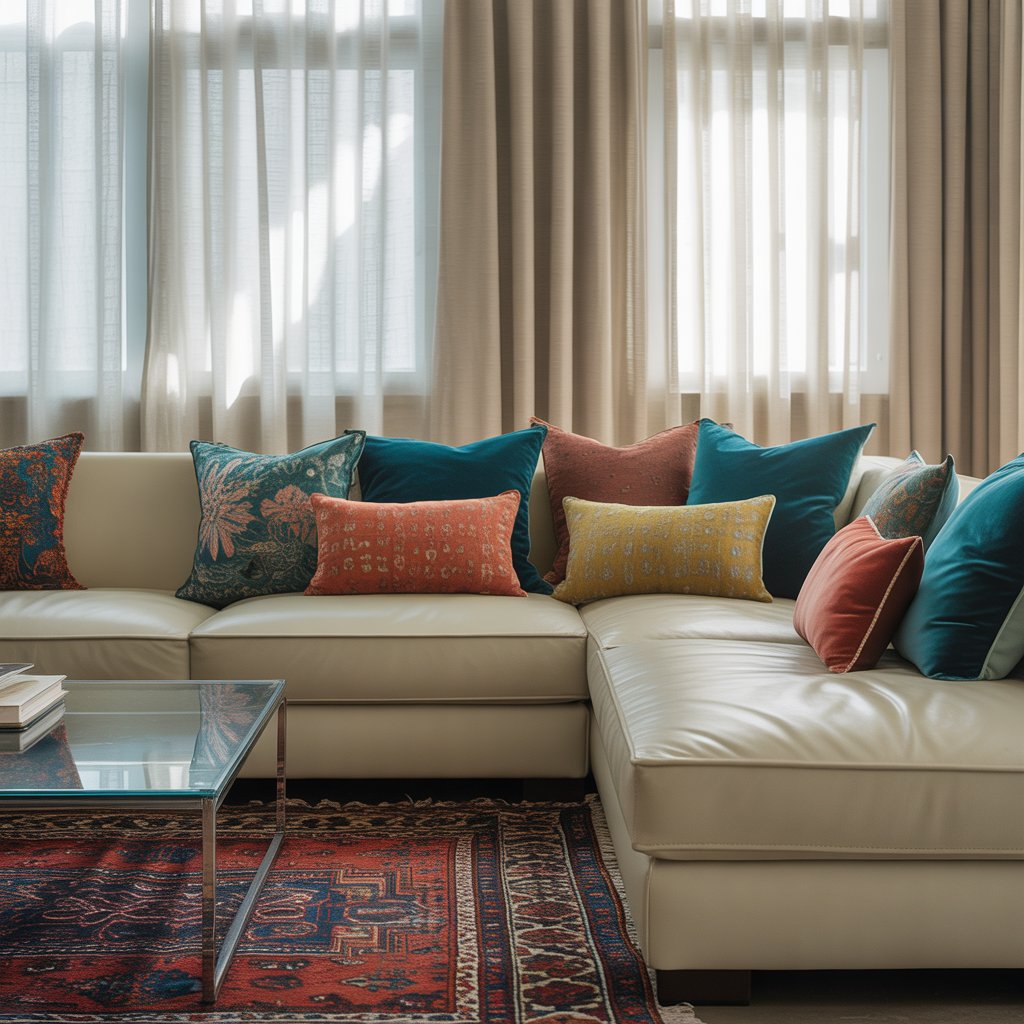When it comes to interior design, textiles are often underestimated. Yet, fabrics play a crucial role in shaping the atmosphere of a room. From curtains to cushions, rugs to upholstery, textiles add comfort, texture, and color, turning a house into a welcoming home.
1. Adding Warmth and Comfort
Textiles instantly soften a space and make it feel inviting:
- Rugs provide warmth underfoot and define areas.
- Cushions and throws create coziness in living rooms and bedrooms.
- Curtains add softness and frame windows beautifully.
2. Bringing Color and Personality
Fabrics are one of the easiest ways to introduce color and patterns:
- Bold prints make a statement.
- Subtle tones create calm and elegance.
- Mixing textures—like velvet, linen, and wool—adds depth and interest.
3. Defining Spaces with Textiles
Textiles can visually separate areas in open-plan layouts:
- A rug under the dining table creates a distinct zone.
- Different curtain styles help define living and bedroom areas.
- Fabric screens or drapes can provide privacy.
4. Enhancing Acoustics and Functionality
Beyond aesthetics, textiles also improve functionality:
- Heavy curtains reduce outside noise and block light.
- Upholstered furniture absorbs sound, making rooms quieter.
- Rugs minimize echo in large or empty spaces.
5. Seasonal Changes with Ease
One of the biggest advantages of textiles is flexibility:
- Swap cushions and throws to match the season.
- Light fabrics like linen work for summer, while wool and velvet add warmth in winter.
- Changing rugs or curtains can refresh an entire room without major renovations.
6. Layering for a Luxurious Look
Layering textiles adds sophistication:
- Combine different fabrics on sofas—like a mix of velvet cushions and a knitted throw.
- Use rugs layered over each other for depth and texture.
- Blend sheer curtains with heavier drapes for both function and style.
Final Thoughts
Textiles are more than decorative accessories—they are key elements of interior design. By carefully selecting fabrics for comfort, color, and functionality, you can transform any space into a harmonious, stylish, and inviting environment.
